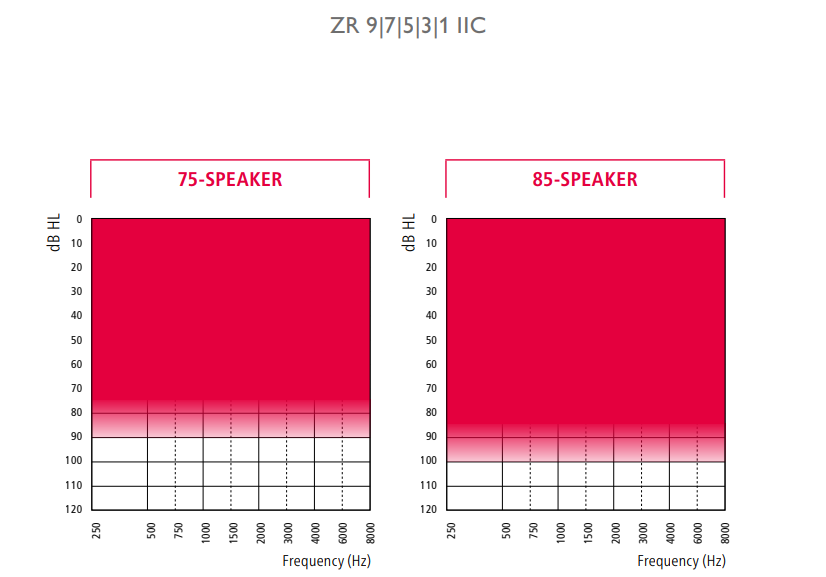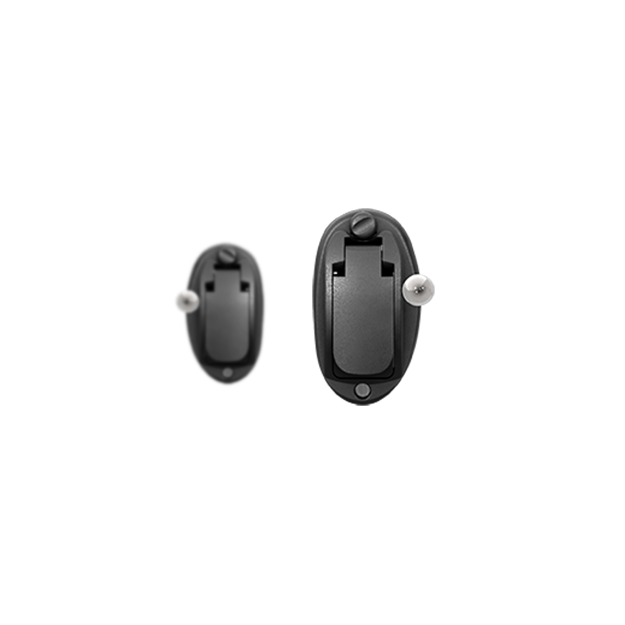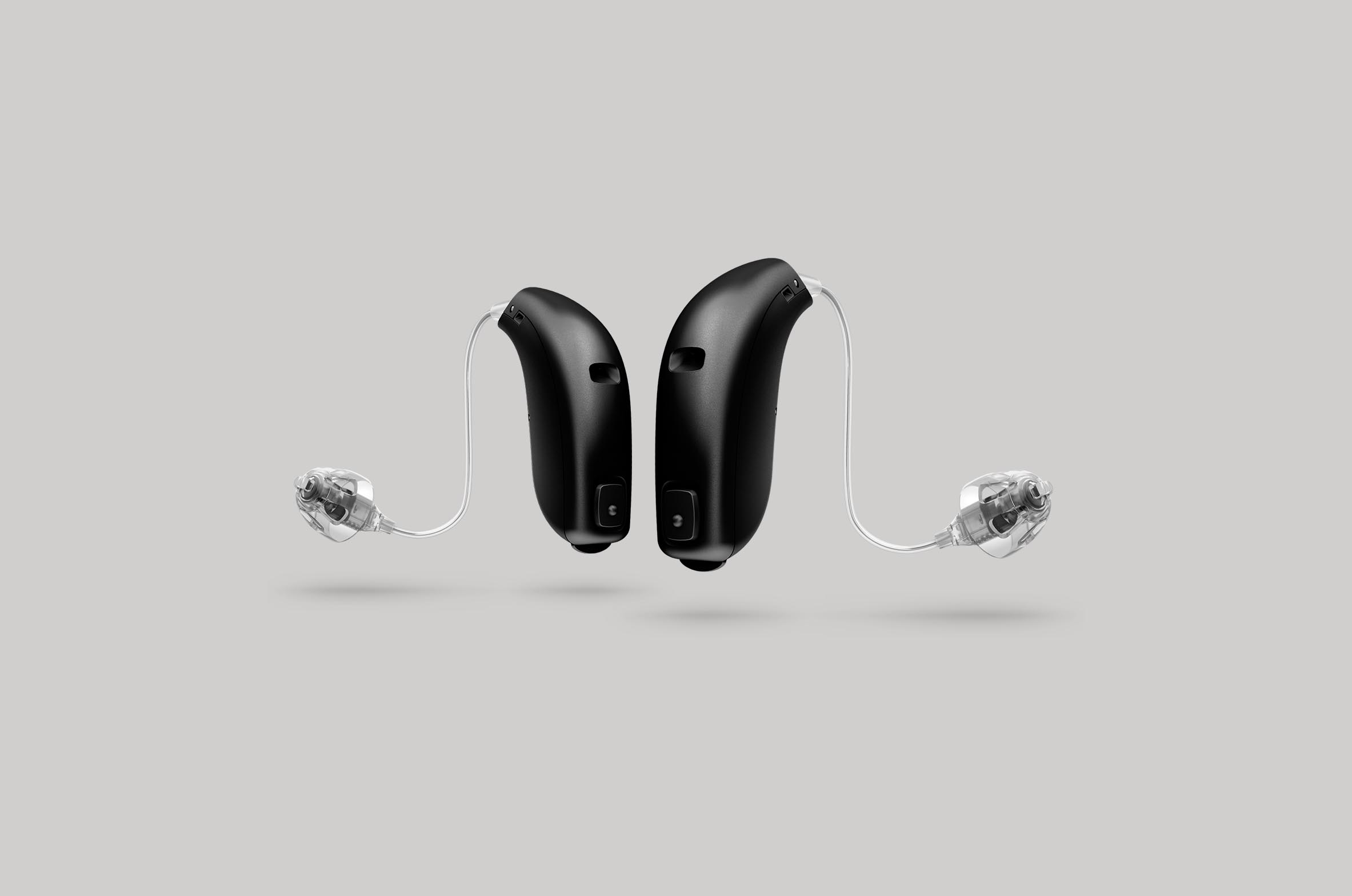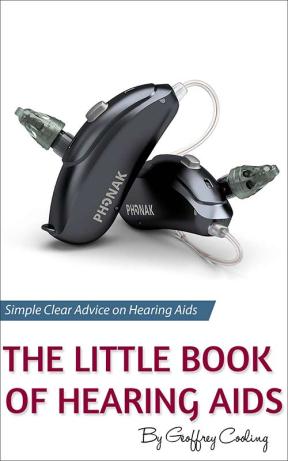I attended the UK launch of the new custom hearing aids from Bernafon a while ago and learnt the outline of what would be on offer. At EUHA recently I stopped by the Bernafon stand to learn a little more about the new invisible hearing aid and to get a rundown of their early experiences with it. I was talking to some of the guys from the International department and they were telling me about some early testing they had undertaken that was focused on the suitability of the devices. Historically, IIC (Invisible In Canal) hearing aids have not been physically suitable for many people mainly because of the size and shape of their ear canals. Bernafon believes that their new device will fit close to 80% of ears. Let's talk about what they have found so far.

Suitable For More Than Ever
The guys told me that they had a run an early trial to get a clear idea of what effect the new smaller size would have on the suitability for fit. So they had some of their customers send them early orders so they could run them through. They were surprised to find out that they could fit all of them with the new IIC, they were really not expecting that. While they can't be sure from such a small test case, it does bode well for the suitability of the hearing aids for more people than ever.
Who is The IIC Suitable For
First, let's talk about the technical suitability for hearing loss types. The new invisible hearing aids will fit hearing losses from mild all the way through to severe to profound.

Although, that does depend on the size of the speaker they can fit into the hearing aid. So technically, they can fit a whole lot of hearing losses. I spoke to the lads about more typical high-frequency hearing losses. Quite often when someone has a high-frequency hearing loss, they have really good low-frequency hearing. With that type of hearing loss, we have to be careful about closing off the ear canal because people suffer from occlusion problems (the feeling of their ears being stuffed up).
The lads from Bernafon say that there are two possible ways that the new invisible hearing aids can deal with this. Because of the smaller size of components, there is a good chance that the device can be inserted deep into the bony portion of the ear canal. This has been the traditional way to beat occlusion but it has been hard to actually deliver. The new sizing of the IIC should allow this to happen now for more people than ever.
The second way to deal with occlusion is through venting of a hearing aid, in essence putting a hole through it, the larger the better. Again, the new size of the components ensures that there is more space to put a larger vent and they have a fascinating new vent system that we will talk about here later which again means that they should be suitable for this type of loss.

In essence, it all means that the new Bernafon invisible hearing aid should be suitable for a great many people. The best part, they are now available to order in the UK and across the world.
Like us on Facebook to keep up with the latest news on hearing aids and hearing loss or simply subscribe to our newsletter.
If you like what you see, share it so others can benefit
Posted by Geoff

Geoffrey Cooling





Geoffrey (Geoff, anything else makes him nervous) Cooling is an Irish hearing aid blogger and has been involved with the hearing aid industry for over ten years. He has worked in private practice dispensing hearing aids and as a manufacturer's rep. He has written two books and they are both available on Amazon. He loves technology, passing on knowledge and is legendary for many other things, primarily the amount he curses, his dry and mischievous sense of humour and his complete intolerance of people who are full of themselves. Please feel free to connect with him
Looking For the Latest Hearing Aids or A Hearing Test?
Arrange a consultation with a trusted Independent hearing healthcare professional in your area



